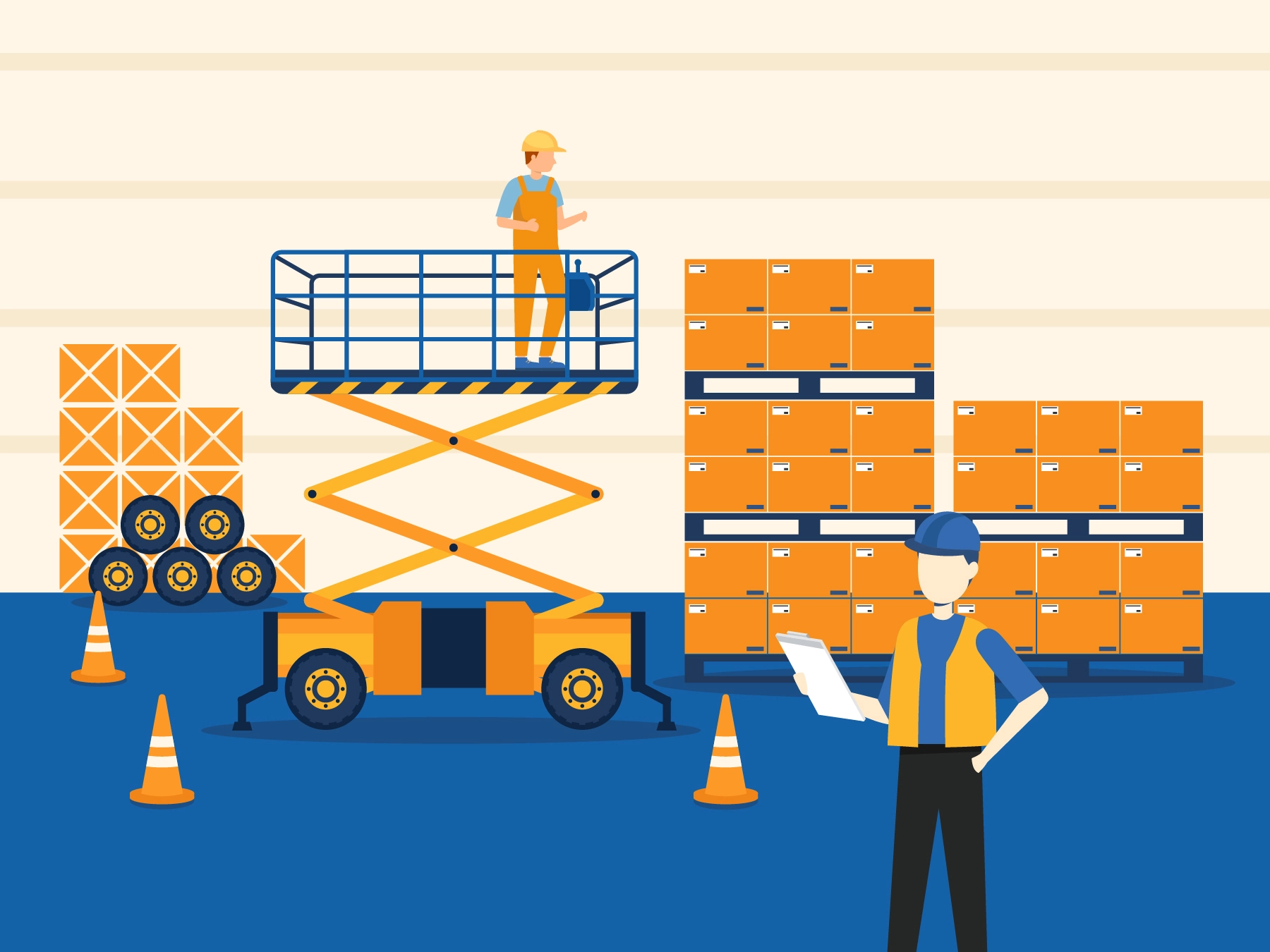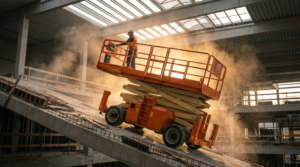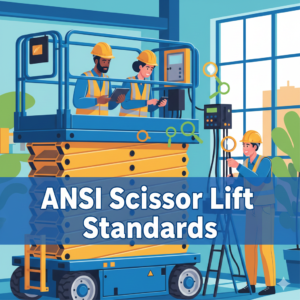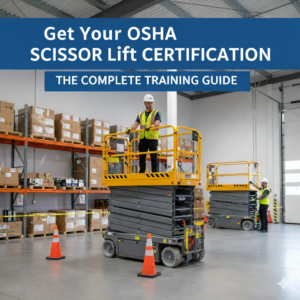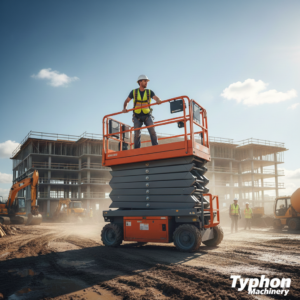Scissor lifts are highly regarded for their reliability and safety when used correctly. Despite their robust design, working at heights always carries inherent risks. Therefore, adhering to safety protocols is crucial to prevent serious injuries and ensure the wellbeing of workers. This guide provides essential safety considerations for using scissor lifts on construction sites.
Proper Training: The Foundation of Safe Operations
Why Training Matters
Proper training is the cornerstone of safe scissor lift operation. Even though rental companies provide safety information and user manuals, these resources alone are not sufficient. Comprehensive training ensures operators understand how to handle the equipment correctly, significantly reducing the risk of accidents.
Training Components
- Equipment Familiarity: Operators should understand the specific model they are using.
- Operational Procedures: Clear instructions on how to operate the lift safely.
- Emergency Protocols: Steps to take in case of malfunction or accidents.
- Regulatory Compliance: Ensuring all training meets local safety regulations to avoid penalties.
Pre-Use Inspection: Preventing Mechanical Failures
Importance of Inspection
Before each use, a thorough inspection of the scissor lift is essential to identify any potential issues that could compromise safety.
Inspection Checklist
- Mechanical Components: Check for loose parts, wear, and damages.
- Controls: Ensure all control mechanisms are functioning correctly.
- Battery and Electrical Systems: For battery-powered lifts, check the battery and electrical components.
- Safety Features: Verify the condition of railings, harness points, and other safety mechanisms.
Site Assessment: Ensuring a Safe Operating Environment
Identifying Hazards
A comprehensive site assessment is necessary to identify potential hazards that could affect the safe operation of the scissor lift.
Key Considerations
- Overhead Obstacles: Look for power lines, structures, or other obstacles that could interfere with the lift.
- Ground Conditions: Ensure the ground is stable and level to prevent tipping.
- Surrounding Area: Clear the area of debris and materials that could obstruct the lift’s movement.
Personal Protective Equipment (PPE): Adding an Extra Layer of Safety
Essential PPE
While not always mandatory, using a safety harness can provide additional protection. Other PPE such as hard hats, steel-toed boots, and reflective clothing are critical for overall safety on the job site.
Best Practices
- Harnesses: Securely anchored to the lift.
- Footwear: Sturdy boots to protect against falling objects and slips.
- Visibility: Reflective clothing to ensure visibility among other workers and machinery.
Load Capacity: Avoiding Overloading Hazards
Understanding Limits
Scissor lifts are designed to carry workers, light materials, and tools. Overloading can lead to mechanical failures and accidents.
Guidelines
- Weight Limits: Always adhere to the maximum load capacity indicated in the user manual or on the machine.
- Distribution: Ensure the load is evenly distributed to maintain balance.
Learn More: ELECTRIC VS. DIESEL SCISSOR LIFTS: WHICH IS MORE SUITABLE FOR YOUR NEEDS?
Platform Safety: Maintaining a Safe Working Area
Keeping the Platform Clear
A clutter-free platform minimizes the risk of trips and falls.
Tips
- Debris-Free Zone: Regularly clean the platform.
- Avoid Overcrowding: Do not exceed the recommended number of workers on the platform.
- Stay Within Guardrails: Workers should not lean over the edges to prevent falls.
Stability: Ensuring Secure Positioning
Ground Conditions
The stability of the lift is paramount and is heavily influenced by the ground on which it operates.
Best Practices
- Solid Ground: Position the lift on firm, stable ground, away from slopes and holes.
- Clear Path: Remove any obstacles that could impede the lift’s movement.
- Work Area Isolation: Tape off the work area to prevent interference from other site activities.
Weather Conditions: Recognizing Environmental Risks
Adverse Weather
Operating a scissor lift in poor weather conditions can be dangerous.
Safety Measures
- High Winds: Avoid using the lift in windy conditions.
- Rain and Lightning: Do not operate during rain or thunderstorms.
- Consult the Manual: Follow the manufacturer’s guidelines regarding weather limitations.
Communication: Coordination and Awareness
Effective Communication
Clear communication between workers on the lift and ground personnel is essential for safe operation.
Strategies
- Spotters: Ground personnel should monitor the lift and communicate any hazards.
- Signaling Systems: Use radios or hand signals to maintain clear communication.
- Regular Updates: Keep all team members informed about ongoing operations and potential risks.
Learn More: TOP SCISSOR LIFT ATTACHMENTS FOR MORE EFFICIENT WORK
By implementing these safety measures, you can significantly reduce the risk of accidents and ensure the safe and effective use of scissor lifts on your construction site. Remember, prioritizing safety not only protects your workers but also enhances overall productivity and compliance with regulations.
4o

